What Is The Equivalent Of Film Speed In Digital Cameras?
The quick answer is…
Film Speed is equal or synonymous with ISO in digital cameras.
So…
ISO 800 on a digital camera is equal to 800 speed film.
In a sentence you would say, “What speed is that film?” “Oh it’s 800 speed.” Which is the same of saying, “Oh it’s ISO 800.”
BUT… That DOESN’T MEAN that ISO on a digital camera and ISO on film work the same. They do for exposing a picture but very different just because film science and digital sensor science are different.
But we can explore that further.
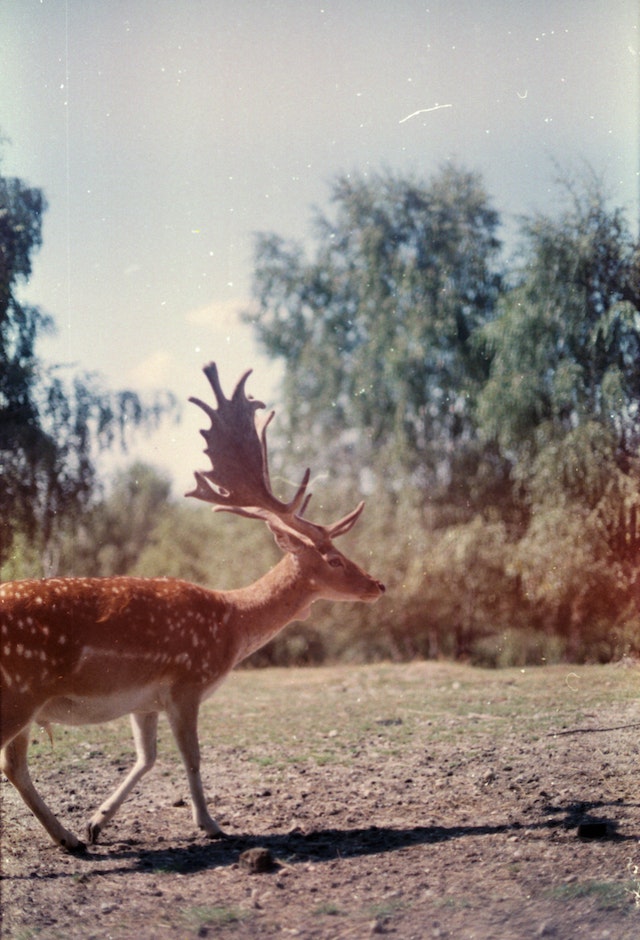
What Is ISO For Digital Cameras?
Ever heard of ISO and wondered what it is all about? Well, the ISO speed number helps you get creative with your digital camera! It tells us how sensitive to light the sensor in our cameras are. Lower numbers like 100 give us sharper images but don’t do well for low-light conditions or fast moving subjects; on the other hand, higher values such as 400 let you take amazing photos even when there’s no plenty of lighting around – although image quality may suffer a bit from more noise. So depending on what kind of shot you want to capture today, choose an appropriate ISO level – because it can make or break that perfect picture! On the other side, if you use a lower (smaller) ISO number, you probably won’t be able to obtain decent results in dark circumstances, but the photographs you take will be more polished and detailed.
Ricoh digital cameras have the ability to be set to one of eight different ISO speed settings. These settings include ISO80 (GR DIGITAL III and GX200: ISO64), 100, 200, 400, 800, 1600, AUTO, and AUTO-HI. Let’s have a look at some photographs that were taken with an ISO of 80, 200, and 800.
You’ll note that increasing the ISO value speeds up the shutter speed, which results in a grainier appearance, while decreasing the ISO value slows down the shutter speed, which results in an image quality that is more refined and detailed. The chart that follows presents both the benefits and the drawbacks associated with having a low or high ISO value.
However, it is not necessary for you to spend a lot of time trying to understand all of this complicated information. In most cases, all that is required of you is to leave the ISO setting on AUTO, and the camera will automatically adjust to the environment and select the value that is best suited for the situation. The high-sensitivity setting, also known as AUTO-HI, is a great asset to have while taking photos in dimly lit environments since it automatically adjusts the value to the correct level. When do you need to manually set and adjust the ISO setting, and how do you accomplish that? Let’s find out.
Using ISO
If you leave the ISO setting on AUTO, the camera will choose the appropriate ISO level for you automatically. However, if you want to shoot photographs of a higher quality, we suggest manually adjusting the ISO setting on your camera.
When you want to achieve refined image quality, setting the ISO to a lower value is a good option since it will allow you to snap photographs with finer textures. Since decreasing the ISO number also has the effect of slowing down the shutter speed, the best way to avoid blurring caused by hand movement is to use a tripod.
When capturing images of fireworks in the summer, another opportunity to benefit from lowering the ISO’s setting is there. You might be wondering, “Wait, even if it’s dark?” but the answer is yes. In point of fact, it is possible to catch the light trails that are left behind by fireworks if the ISO is lowered and the shutter speed is purposefully slowed down. Examples of these may be seen in image 2. Remember that a slow shutter speed is not necessarily a negative thing; the main thing is to have your tripod close at reach. This is the most important thing to keep in mind. On the other hand, increasing the ISO to a higher number makes it simpler to capture photographs of things that are moving rapidly when the light is strong.
If you attempted to capture this image with the AUTO option for the ISO, the subject of the photograph would be fuzzy.
It is necessary to slow down the shutter speed in order to get shots of the light trails left behind by explosions. I adjusted the ISO to a lower value so that the scene wouldn’t be too bright, then I chose an adequate shutter speed before taking the photograph. Choose a setting from the long exposure menu if you need the shutter speed to be significantly slower than a predetermined threshold.

What Is Film Speed?
When we talk about film speed, we are referring to the measure of how sensitive photographic film is to light, which may be assessed using a number of different scales.
Even though the vast majority of people like using contemporary digital cameras to take photographs, it is essential to be familiar with the concept of “film speed” as it relates to digital cameras.
In digital photography, the ISO system functions in a manner that is analogous to film speed. It is utilized in the process of defining the connection between the exposure and lighting of a picture captured by a digital camera.
In the same way that various film speeds are optimal for different kinds of photography and settings, different ISO levels are optimal for different kinds of environments.
Reading the complete text is going to be enjoyable for you if you have any interest in this contemporary cinema speed scale.
So, let’s get started with that, shall we?
What Does It Mean When We Talk About Film Speed When We Talk About Digital Cameras?
The film speed that you use is a measurement of how sensitive the film that you are using is. In film cameras of earlier generations, it was customary practice to refer to the film speed setting. On the packaging of film, there is almost usually a number that indicates the level of sensitivity to light that the film possesses.
In analog cameras, the word film speed was utilized; however, digital cameras make use of the acronym ISO for the equivalent function. When compared based on their respective duties, there are not very many distinctions between them.
On the other hand, on film cameras, you wouldn’t be able to modify the sensitivity of the sensor as freely as you do on your digital camera simply by moving the buttons. If you desire a different level of sensitivity, you will need to buy film that has either a different speed or a different level of sensitivity.
In a camera, what does an ISO stand for?
In digital cameras, the term “ISO” stands in lieu of the traditional “film speed,” thus the next logical step is to investigate the meaning of “camera ISO.”
The ISO rating of a film is a regulated collection of digits that indicates how sensitive the film is to light. Along with adjusting the film speed, you will also need to change the aperture and the shutter speed in order to achieve the desired exposure. ISO gives the camera the ability to determine what the other settings should be in order to get the desired exposure.
In high-end cameras, the ISO speed can range anywhere from 20 to 6400. A slow film that is more sensitive to light will have a high ISO speed, whereas a slow film with a low ISO speed will have a low speed that shows it is less sensitive to light.
ISO values for low-speed films often run anywhere from 20 to 200. When there is a lot of light available for photography, which is the most of the time, these films are utilized.
Because of these slower speeds, the lens is able to catch more of the scene in the photograph. In point of fact, the grain will be of a finer texture the lower the ISO rating. Because of this, if you intend to enlarge a photograph, you should take the image with the ISO setting set to its lowest feasible value.
Low ISO camera ratings are ideal for taking photographs outside, particularly on days when the sun is shining brightly.
It is advised that you use a tripod while taking photographs at lower ISO settings in order to prevent blurry images caused by camera shake.
Film with an ISO rating of 400 has a speed that falls somewhere in the middle. This ISO level is probably the greatest one for using the camera for a variety of different purposes. It is adaptable to the interior lighting circumstances as well as the outside daylight situations.
The location, on the other hand, is not ideal for taking specialist photographs or dealing with adverse weather conditions.
The ISO range for high-speed films is typically between 400 and 6400. When working in low light, you will have a great deal of creative freedom with these films. This ISO speed is an excellent option for photography since it enables you to take pictures of subjects that are moving quickly or to record actions.
Photos taken using high-speed films, on the other hand, will have a discernibly grainier appearance due to the increased shutter speed. The bigger silver crystals in the band are the cause of the enhanced grain that can be seen in the band. Because of the high ISO, these crystals are able to gather more light and become more noticeable inside the picture. When the ISO setting is increased, the amount of grain that appears in the photographs also increases.
Is there a difference between ISO and film speed?
ISO is an abbreviation that stands for “international standard,” and it refers to how light-sensitive a particular film is. Digital cameras have ISO built in. A number such as 400 will be used to refer to it. This is the same as the chart that displays the film speed, which also indicates the sensitivity for different types of light. The higher the ISO value, the better the camera’s sensitivity to light.
Is there a difference between ASA and ISO film speeds?
In previous film cameras, “ASA,” which stood for “American Standard,” was used to measure the light sensitivity of films. Today, this measurement is done using ISO, which stands for “international standard.”
Therefore, there is no distinction between ASA and ISO, and both of these values correspond to the same amount of speed. Films with an ASA rating of 200 and films with an ISO rating of 200 have the same level of sensitivity. On the other hand, movies made now have a smoother texture than those made in the past.
In photography, determining the speed of the film is highly critical in order to produce the greatest output possible in any given circumstance. I am hoping that you now have a better understanding of what the equivalent of film speed is with digital cameras.
That is an adequate summary of the article. I am grateful that you have read thus far. Please leave a comment below if you would want me to discuss further photography-related topics that are intriguing.
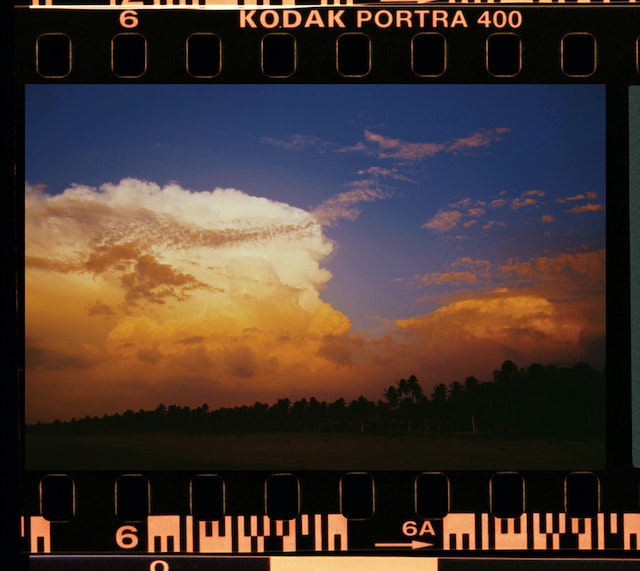
Guide To Film Speed
In this tutorial, we will discuss the operation of the film speed, also referred to as the ISO. …and how to determine which is the best option for you.
Film speed, aperture, and shutter speed are the three factors that will combine to decide the exposure of your photograph. The amount of light that the film needs is determined by how fast the film is moving. The amount of light that passes through the lens is controlled by the aperture. The speed of the shutter then determines how much of that light is allowed to reach the film. Your image is always the product of the interplay between these three factors.
What exactly does film speed mean? It has to do with how sensitive the film is. A film’s speed is indicated by an ISO number, which in the United Kingdom and the United States was formerly known as an ASA number. On the side of the film box, you will invariably discover a number. This ISO number gives an indication of how light-sensitive the film is. It gives your camera or light meter the ability to determine what additional settings are required to get the desired exposure.
The speeds may go anywhere from twenty to three thousand and two hundred. A film with a low ISO value will take longer to photograph and will be less sensitive to light. When the number is larger, both the speed of the film and its sensitivity to light are increased.
Films that are considered to have a low speed have an ISO ranging from 20 to 200. When there is a lot of light in the environment, these are the films you should utilize.
Films that have a lower speed result in a grain that is more refined. The grain is said to be finer when the ISO number is lower. Even with 35mm, a film such as Ilford Pan F 50 will provide you with an exceptionally fine grain. On the other hand, Ilford FP4 Plus 125, which is on the slower end of the speed spectrum, will provide a decent mix between speed and fine detail.
Even on days with a lot of sunlight, you can use these films handheld. When you don’t have as much light available, using a tripod is the best option. When utilizing lower shutter speeds, this will assist prevent shaking from occurring in the camera. Low ISO films are very useful when the subject matter to be photographed has extremely fine detail.
Rapidity and Pace
Films classified as high-speed or fast have an ISO range of 400 to 3200. On cloudy days and in circumstances with poor light, these films provide you with a great deal of creative freedom. In addition to this, you may use them effectively even when photographing subjects that are always on the move.
When using fast film, you will see a more obvious grain. The bigger silver halide crystals in the emulsion are to blame for the increased grain, which are essentially the film grain. This is why there was an increase in grain. These crystals not only absorb more light, but they also stand out more clearly in your photograph. The higher the ISO setting, the more grain will often be visible in the image.
Try out Ilford HP5 Plus 400 if you’re looking for a quick film that has a grain that’s not too fine but can still capture detail. Try out the Kodak Portra 400 for color photography. If you are going to be shooting in extremely low light, we recommend that you choose Kodak T-Max P3200, which is one of the quickest films that we keep in stock.
The number that you set your light meter to is known as the Box Speed ISO. This is also sometimes referred to as assigning a rating to your movie. When individuals discuss rating their film at “box speed,” it indicates that they are utilizing the ISO that is suggested for that particular film. To put it plainly, the number printed on the packaging.
You might also be interested in reading our guides on shutter speed and aperture if you haven’t already.
If you are just starting out with film, you should read our guide for beginners on film photography. Read the article “Choose Your Film” if you need assistance selecting your first roll of film; it will provide you with a comprehensive understanding of the choices available to you.
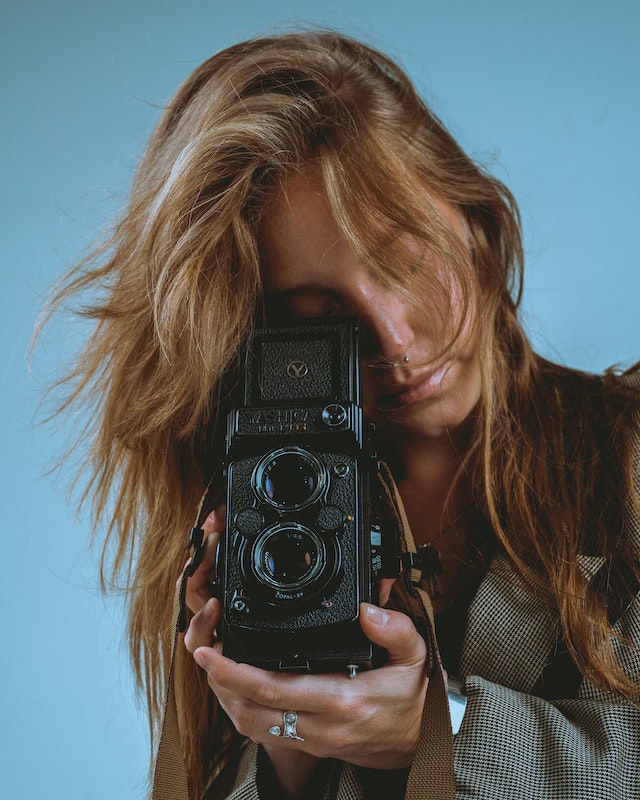
Where Can I Find the Digital Camera’s Analog Counterpart to Film Speed?
When using a film camera, you are required to operate with an ISO speed that has been pre-determined by the camera itself. This value contributes to the determination of how light-sensitive the film is. The film’s sensitivity increases proportionately with the ISO number. When using a digital camera to take pictures, you will also have the ability to select the ISO speed. However, this value does not indicate how sensitive your sensor is to light; rather, it indicates the amount of noise that will be present in the image that you capture. In this all-encompassing tutorial, we will address each and every one of your inquiries about ISO speeds and the impact they have on your photography.
Where Can I Find the Digital Camera’s Analog Counterpart to Film Speed?
The ISO speed is determined by the camera itself whenever you take a picture with a film camera. This value contributes to the determination of how light-sensitive the film is. The film’s sensitivity increases proportionately with the ISO number.
When using a digital camera to take pictures, you will also have the ability to select the ISO speed. However, this value does not indicate how sensitive your sensor is to light; rather, it indicates the amount of noise that will be present in the image that you capture.
Where Can I Find the Digital Camera’s Analog Counterpart to Film Speed?
Importance of Film Speed in Relation to ISO
The speed or sensitivity of a film to light is indicated by its ISO rating. The higher the number, the greater the sensitivity of the device, as well as the quicker it can record a picture. ISO sensitivity is the term used to describe what functions similarly to film speed in digital cameras.
If you set your camera to have a high ISO, you won’t need to use the flash even while taking images in dim lighting since the camera will compensate for the lack of light. Having said that, there is a compromise involved. Your photographs will have a grainier or “noisier” appearance if you choose a setting with a high ISO.
It is essential to have a working knowledge of how ISO operates and the various camera settings available in order to achieve the best possible results.
What exactly does “Film Speed” or “ISO” mean?
The ISO number of a film is used to assess how sensitive it is to light, which is referred to as the film’s speed. When the ISO number is lower, the camera is less sensitive to light, and the opposite is true when the ISO number is higher. When compared to high-speed film, low-speed film requires a greater amount of light for the production of a picture.
The sensor is the component of digital cameras that is responsible for capturing light and converting it into an image. Adjusting how sensitive the sensor is to light may be done with the ISO setting on a digital camera. Increasing the ISO level on the camera will make the sensor more sensitive to light, which will result in photographs that are more illuminated. Having said that, this does have a few negative side effects. Images might become grainy or “noisy” when the ISO level is raised too high.
Films with speeds between 100 and 400 are considered to be medium speed. This describes the vast majority of color negative films used for general purposes, as well as the majority of black and white films. The majority of these medium-speed options are adaptable and may be utilized for a range of various purposes, ranging from portraiture to landscape photography.
If you are new to photography and looking for a suitable place to begin, a film with a medium speed is an excellent choice. This is due to the fact that they provide an acceptable compromise between image quality and price. They are also simple to track down and put through the necessary steps. [2]
The following are some popular choices for films with a medium speed:
- Kodak Portra 400
- Kodak Portra 800
- Fujifilm Pro 400H
- Ilford HPfive Plus 400
- Kodak T-MAX PORTRA 400 (B/W)
- Kodak Ektar 100

Simply by adjusting the ISO setting of a digital camera, the user is able to quickly modify the quantity of light that is captured by the camera. Those who wish to photograph in low light without having to worry about having to use lengthy shutter speeds or producing a lot of noise will find this to be very exciting news.
Rapidity and Pace
You are going to need to do a little amount of experimenting to determine what ISO setting will give you the greatest results for your photo. An ISO setting of 800 is a decent point from which to begin. After reaching this point, you will have the option to either raise or lower the ISO based on the lighting circumstances. Just keep in mind that the graininess of your photographs will increase in direct proportion to the ISO setting.
You should be able to reduce the ISO to somewhere around 200 or perhaps 100 if you are taking pictures in strong sunshine. This will assist in reducing any noise that is present in your photographs. [2]
Advantages of a Shorter Film
A faster film speed can be really helpful if you are trying to take a picture of a subject that is moving quickly or if the lighting conditions are not ideal. If the film speed is increased, there will be less blur and camera shaking as a consequence.
When choosing a film speed that is very fast, there are some compromises that must be made. The most noticeable effect is that the higher in altitude you travel, the grainier your photographs will get. When using a fast film speed, it is simple to overexpose the photographs you take if you are not careful. But in the grand scheme of things, having a fast film speed may be a significant benefit—that is, if you are aware of how to make the most of it.
Negative Aspects of a Shorter Film
Even while a faster film speed offers certain benefits, there are also some drawbacks that should be taken into consideration. One of the most significant drawbacks is that it could be harder to manage the quantity of light that strikes the film. This is one of the key downsides. This might result in photos that are either underexposed or overexposed. Additionally, photos will be more grainy if the film speed is increased. When utilizing a faster film speed, the light that reaches each individual pixel on the sensor is reduced. This is why this is the case. It’s possible that this won’t be seen on smaller prints, but if you enlarge the image, you could find that it’s rather obvious.
In photography, the term “exposure” can refer to either the amount of light that strikes the film or the digital sensor, or it can refer to the process of selecting the combination of aperture, shutter speed, and ISO that will produce an image that is pleasing to the eye. These two definitions are related to one another, but they are distinct.
In general, you want to choose an exposure that will not produce a picture that is either excessively dark or excessively bright when it is finished. When a picture has too much darkness, it is considered to be underexposed, and when it has too much light, it is said to have too much exposure. Both of these phrases are considered to be technical words in the world of photography, and you’ll frequently hear them brought up in conversations about the art form.
How to Get Some Adequate Publicity
If you want to achieve a decent exposure, you need to understand how aperture, shutter speed, and ISO work together to regulate the quantity of light that reaches your sensor. Only then can you hope to get a good exposure. Let’s begin by taking a quick look at each of these in turn.
Difference Between Digital Noise and Film Grain
The noise that is produced by digital cameras is completely random, but the grain that is seen in film is the consequence of the chemical procedure that is used to develop film. When compared to film grain, noise might be more challenging to eliminate due to its unpredictable nature.
Noise in digital images tends to look like very little specks, but grain on film tends to look like bigger, more distinguishable particles. An picture may have noise in both dark and light areas, but film grain is typically more obvious in the latter. Noise can appear in an image at any contrast level.
The overall sharpness of a picture may be diminished if it contains either digital noise or film grain. Noise, on the other hand, is almost always more distracting than film grain and can cause a picture to appear “busy.” Film grain has the ability to endow a picture with a certain amount of allure and personality.
ISO Has Numerous Advantages Over Film Speed
When compared to film cameras, digital cameras provide a variety of benefits, including those that are related to ISO. One key difference between film and digital cameras is the speed with which the ISO setting may be adjusted on digital cameras. Having a digital camera gives you the ability to take advantage of shifting light conditions in a much simpler and more convenient manner.
One benefit of digital cameras is the ability to preview your photos on the LCD screen before committing to save them. This feature is particularly useful for candid shots. Before taking the final picture, you will have the opportunity to check for improper exposure such as overexposure or underexposure and make any required modifications. When working with film, you had to be patient and wait until the entire roll was used up before entering the darkroom and crossing your fingers that any errors could be fixed there.
In conclusion, film cameras often have lower native ISOs than digital cameras, which tend to have higher native ISOs. This enables you to take advantage of higher ISOs without suffering from an excessive amount of noise in the photographs that you create.
How does increasing digital noise affect the photos that you take?
One of the primary contributors to the “grainy” appearance of digital photographs is the presence of digital noise. This becomes especially noticeable when the available light is poor or while capturing things that are moving quickly.
Your camera’s sensitivity to light increases proportionately with the number of the ISO setting that you use. This indicates that you are free to make use of a quicker shutter speed or a narrower aperture (a higher f-stop number) without having an adverse effect on the exposure of the photograph you are taking. However, there is a trade-off involved: the amount of digital noise that appears in your photographs will rise proportionately as the ISO level is raised.
How does increasing digital noise affect the photos that you take?
The appearance of digital noise takes the form of haphazard pixels of color that are distinct from the pixels in the surrounding area. It is analogous to the graininess that is present in certain images that were taken with film. It is not necessarily a terrible thing to have digital noise in your photos, despite the fact that it can be distracting and lower the overall quality of the shot. In certain instances, it may genuinely contribute a sense of style or mood to your image.
Film Recommendations From Industry Professionals
Film photography enthusiasts are well aware that various films come in a variety of “speeds,” or exposure times. But could you perhaps explain that in more detail? And how exactly does it transfer into the settings of a digital camera?
In general, the higher the number of the film’s speed, the faster the film; this indicates that it may be used in lower light without resulting in a hazy photograph. Of course, there are more aspects that come into play as well, such as aperture and shutter speed, but we will discuss those aspects in a later section. For the time being, let’s make our primary focus the comprehension of film speed equivalents in digital cameras.
A useful hint is that if you’re shooting with a point-and-shoot camera, the sensor probably won’t perform as well in low light as it would with a digital single-lens reflex camera (DSLR). Consequently, it is in your best interest to get a camera that has a greater ISO range if you want to perform a significant amount of shooting either indoors or at night.
FAQ
Is there a direct correlation between ISO and film speed?
Yes, the digital counterpart of film speed is referred to as ISO. It is a measurement that indicates how sensitive the sensor in your camera is to light. The higher the ISO value, the more sensitive the camera is, which means you need less light to snap a picture that turns out well.
However, there is a trade-off involved: if you select a high ISO level, the graininess or “noise” in your photographs will increase. Because of this, it is essential to strike the appropriate balance for your requirements.
What is the speed of the film in the camera?
How sensitive a camera’s film is to light is indicated by the camera’s “film speed,” which is measured in ISO. When the number is larger, the camera has a better sensitivity and can capture photographs at a faster rate.
A film speed of 400, for instance, would be roughly equivalent to two times the pace of a film speed of 200. This indicates that you would be able to shoot twice as many photographs in the same amount of time if you used a film with a speed of 400 rather than a film with a speed of 200.
100, 200, and 400 are the most often encountered speeds. On the other hand, there are even greater speeds such as 800, 1600, and even 3000, in addition to lower speeds such as 50 and 25.
Is there a difference between film speed and shutter speed?
There is a distinction between the terms “film speed” and “shutter speed.” Film speed refers to the degree to which a film’s sensitivity to light is measured, whereas shutter speed refers to the length of time that the camera’s shutter remains open as the picture is being taken.
There are distinct differences in the manner in which film speed and shutter speed impact the quantity of light that is captured by the film or sensor in a camera. Film speed refers to the degree to which the film stock responds to the presence of light, whereas shutter speed refers to the amount of time that the shutter remains open as the photograph is being taken.
How do you determine the appropriate film speed for your shot?
The first thing that you need to think about is the final appearance of the photograph you take. You’ll need to shoot at a quicker film speed if you want your photos to have a lot of clarity and detail. On the other hand, if you want the image to appear more hazy or surreal, you should select a slower film speed.
Here are some broad guidelines:
Use a quicker film speed for shooting subjects that are well-lit (400 or higher)
Use a slower film speed for shooting subjects that are in poor light (200 or lower)
Use a quicker film speed for images of people in action (1000 or higher)
What shutter speed should I use for my 35mm camera?
This is an excellent question, but unfortunately, there is no one right way to respond to it. The reason for this is that the film speed (also known as ISO) and the shutter speed are two different parameters that both have an effect on the image’s overall exposure.
When using film cameras, you would first determine the lighting conditions of your subject and then select the appropriate film speed before adjusting the shutter speed of your camera. However, the sensor is what defines the “film speed” in digital cameras, to use a phrase similar to the analog word.
The conclusion is as follows: ISO settings are used in digital cameras to simulate the effects of different film speeds. If you have a grasp of how this operates, you will have a greater ability to manage the exposure of your photographs and will be able to get the outcomes you desire.
Have you got any inquiries regarding the ISO or the film speed? Share your thoughts with us in the section below!

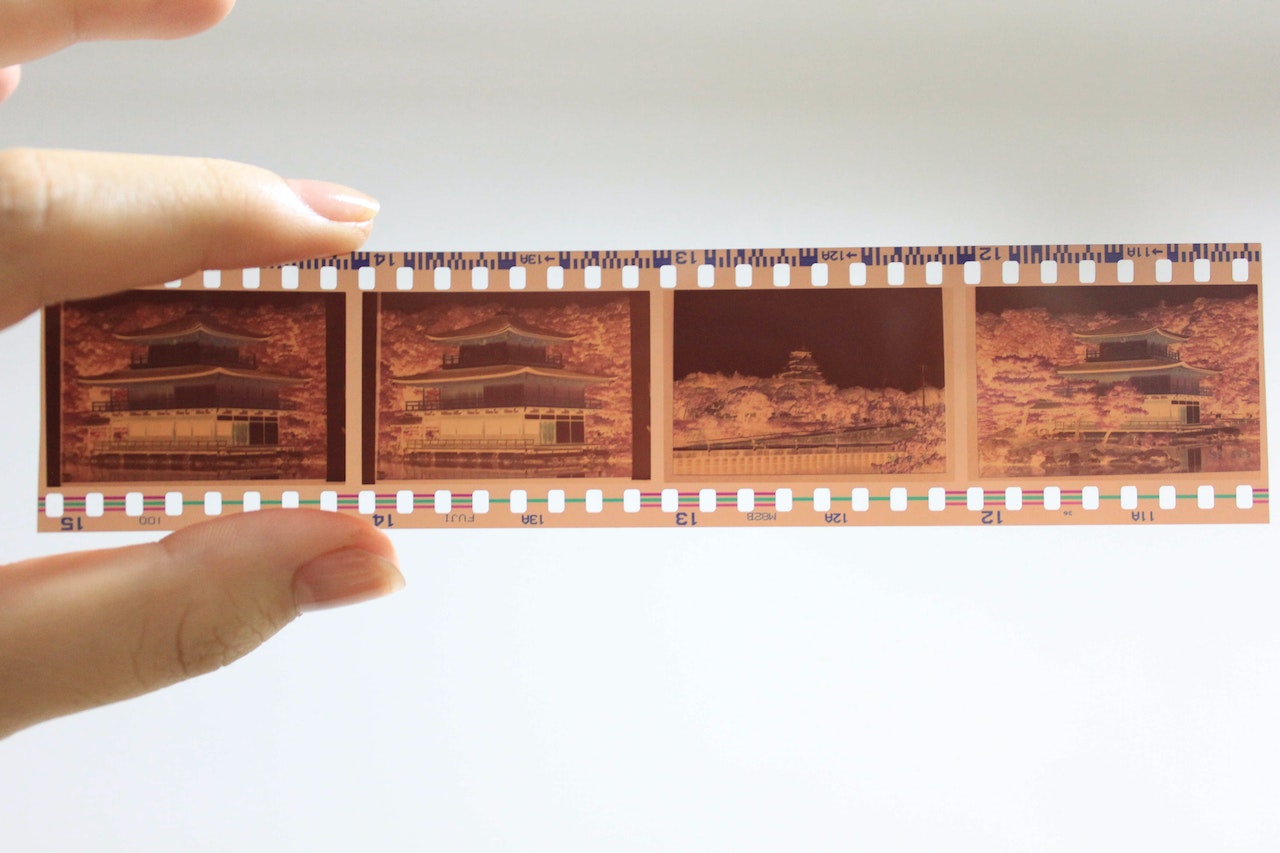
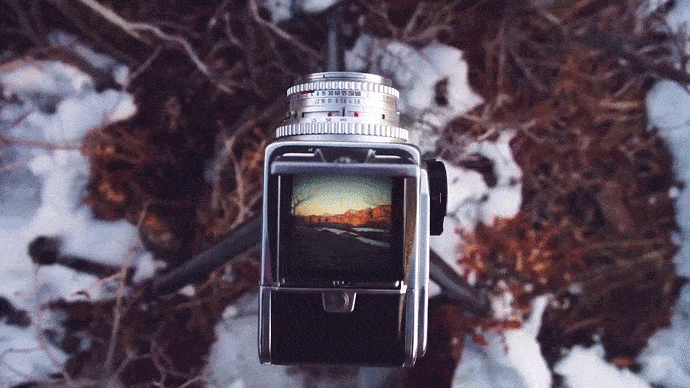
0 Comments